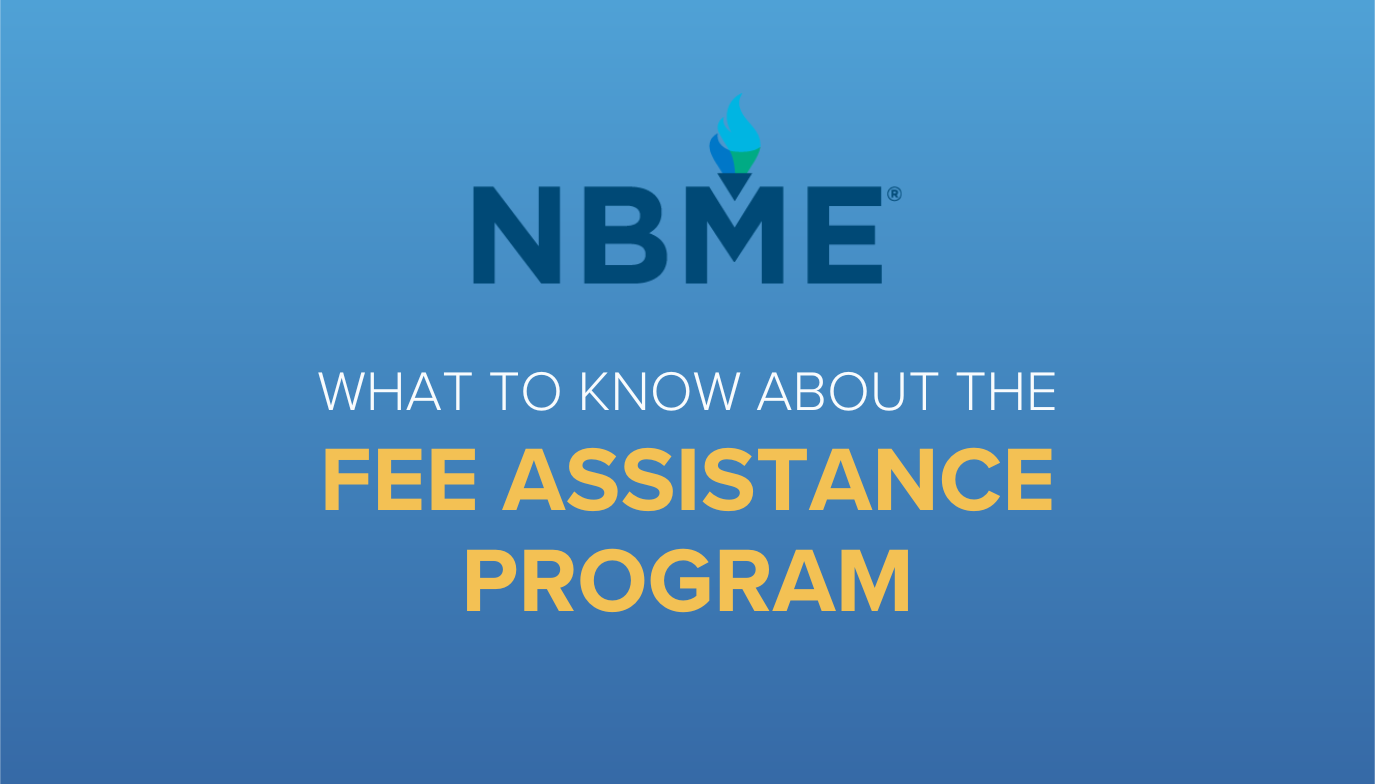If you’re studying for a USMLE exam, you may have heard of Anki and wondered what it is. At its core, Anki is a free, online flashcard service. However, if you’re used to handwritten flashcards or other online flashcard applications, Anki can feel different—so, if you’re going to use Anki, you should make sure you’re doing so in a way that maximizes your studying. Read on to learn how you can use Anki to prepare for your USMLE exams.
If you’re just starting your USMLE exam prep, download our FREE Hero’s Guide to Defeating the USMLE, a 38-page master class from the experts that will save you time and ensure your success when you reach the final boss and face your exam.
How to Use Anki for USMLE: A Tutor’s Guide
First of all, what is Anki?
A major advantage of flashcards is that you can review information at structured intervals using spaced repetition. This means that each time you come back to the content, more of it becomes embedded in your memory. What makes Anki stand out is that it automates your spaced repetition. You use the application like you would any set of flashcards, but after each card, you record how you performed. If you got the card right, it may be a while before you see it again. However, if you got it wrong, the card will recur at shorter time intervals. For the cards you answered correctly, you can even stratify whether you found them easy or difficult to further refine when they will recur.
Beyond spaced repetition, Anki has tools to customize your experience. You can add multimedia items like pictures and tables, organize decks with tags, and carefully finetune how many cards you’re doing each day. The program comes in multiple formats. The browser version has the most functionality and can be used offline, but if you want to use it on the go, most devices should support a mobile version though you may have to pay to download it. Whenever you are finished flipping through cards on one device, you simply sync your progress across other devices.
How to get started with Anki
When you open Anki for the first time, it can be overwhelming, and admittedly it may feel like you need to be a software engineer to navigate the interface. However, with a little practice, the program becomes intuitive. You first create a deck and start adding cards. Many people generate so-called “cloze deletions,” which involve writing a sentence from which a word will be omitted to create a fill-in-the-blank question.
To make a cloze deletion, you write out a sentence and then place “{{c1::” at the beginning of the text to be omitted and “}}” at the end:
{{c1::Doxycycline}} is the treatment of choice for Rocky Mountain Spotted Fever (RMSF).
If the term comes up multiple times in a sentence, you place the same curly brackets around the term each time:
Pemphigus vulgaris is caused by autoantibodies against {{c1::desmoglein}}-1 and {{c1::desmoglein}}-3.
If you want to make multiple deletions from a single sentence, you change “{{c1::” at the beginning of the term to “{{c2::”:
{{c1::Thrombotic thrombocytopenic purpura}} is a microangiopathic hemolytic anemia caused by a deficiency of the metalloprotease {{c2::ADAMTS13}}.
The previous example will create two cards. In the first card, “Thrombotic thrombocytopenic purpura” will be omitted, while in the second, “ADAMTS13” will be omitted. You can also include a clue to the answer by adding more text to the prompt:
Gilbert syndrome is associated with a(n) {{c1::indirect::direct or indirect}} hyperbilirubinemia.
In this example, the card prompts you with the words “direct or indirect” as multiple-choice options. You would pick one to test your knowledge and then advance to reveal the answer. Again, it may feel at first like you’re generating elaborate computer code, but it does become accessible over time.
Should I make my own deck or use premade cards?
After seeing the process of creating your own deck, you may be wondering, “Can I just study from a premade Anki deck?” There are pros and cons to both options. The premade Anki decks you’ll find online often consist of many thousands of cards and strive to comprehensively cover most USMLE topics. While these decks may streamline the process of making cards, it’s easy to become overwhelmed by the sheer volume.
Furthermore, the act of making the cards can be educational in itself. Generating your own cards allows you to tailor them to what you need to review. It can be hard to sift through massive online decks to find the content you may not know as well. Simply stated, you may save time not having to write flashcards with a premade deck, but generating your own might ultimately still end up being more effective and efficient.
How to use Anki effectively
Every day, you will be assigned “new” cards that you have never seen before intermixed with review cards you’ve previously completed. As previously explained, cards you know well will not recur for weeks or even months, while newer or more challenging cards will come back at shorter intervals. You can adjust how many new cards you’d like to review each day. However, the volume of review cards will depend on how many are scheduled to recur on a given day, though there is an override setting to place an upper limit on these too.
The most important piece of advice about how to use Anki for USMLE studying is to be consistent. The spaced repetition only works if you make a habit of clearing the cards due each day. If you go more than a few weeks without using it, you may find hundreds or even thousands of review cards waiting for you when you return. You also should try to budget enough time to get through the deck. If your exam is quickly approaching, you may not have enough time for spaced repetition. At least two or months to work through cards would be ideal though it still may be useful to make and use flashcards even if you will only review them once or twice.
What to avoid when using Anki for USMLE
When writing cards, you should make sure the content on the card is succinct. It would be unrealistic to make a card covering in-depth physiology because it would require too much text. When you’re moving quickly through cards, you might recognize the appearance of a paragraph and associate it with an answer, but you’re not reviewing the actual content. Instead, aim to make short cards that are at most one or two sentences and focus on word associations or terms and their definitions.
Anki can be a great study plan supplement, however, you should not make flashcards your primary source of learning. It can be challenging to make cards on conceptual topics like physiology and pathophysiology. Furthermore, you may have difficulty developing broad views of disease states if you’re reviewing facts one at a time and in isolation. If you need to spend multiple hours each day to keep up with Anki, you might want to scale back your number of daily new cards.
It bears stating you don’t have to use Anki to do well on your exams. Many people have had success without studying a single flashcard. However, everyone learns differently, and it’s worth a try to see if Anki is helpful for you. The spaced repetition can be remarkably effective and help you durably retain content. Just remember that your time is valuable and as helpful as flashcards can be, they can also become an inefficient drain on your study time if misused. If you plan to use flashcards, follow the tips above and you can feel confident you’re doing it right.






